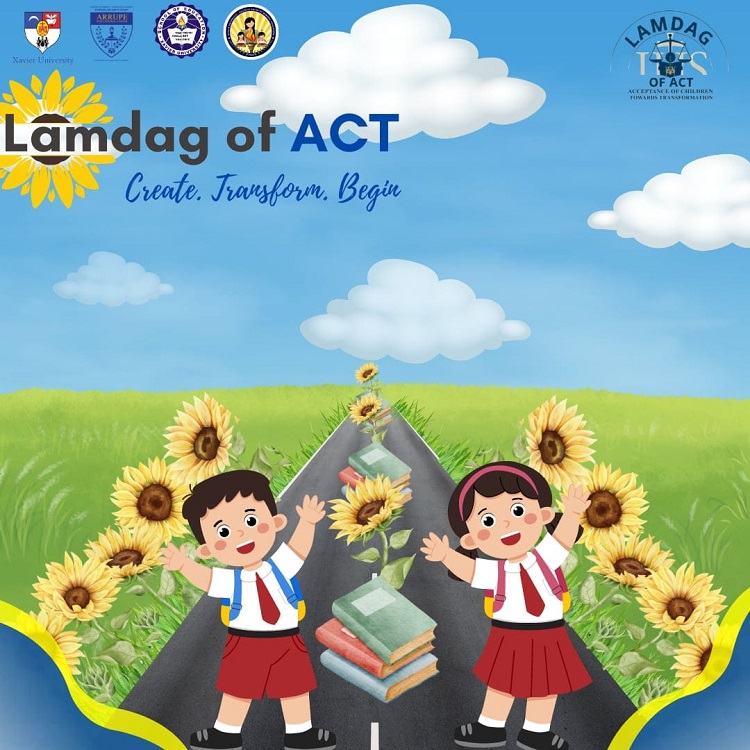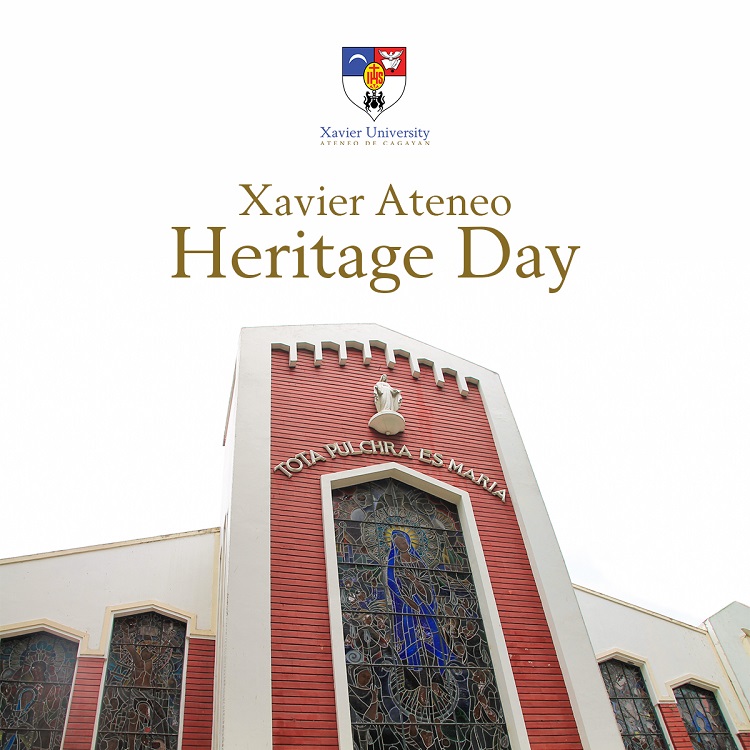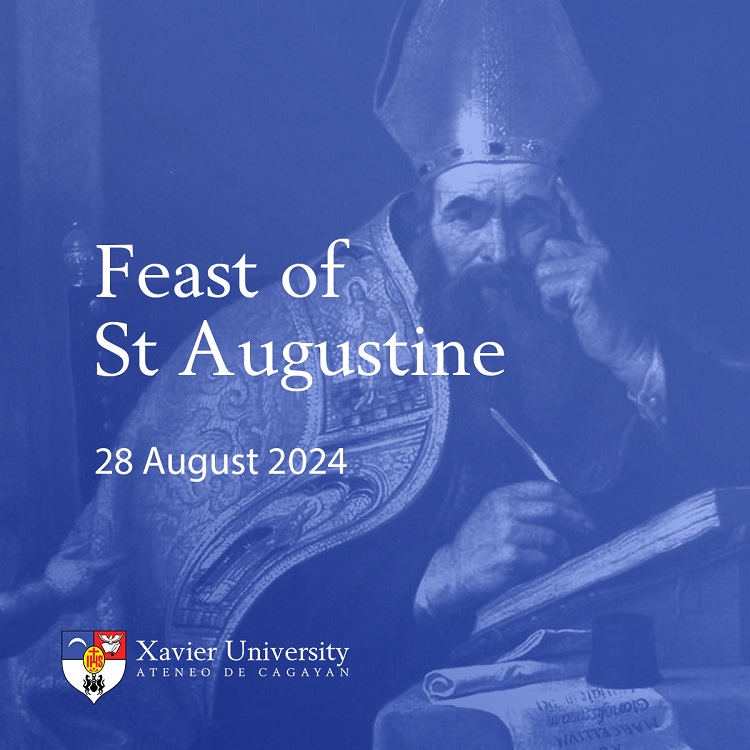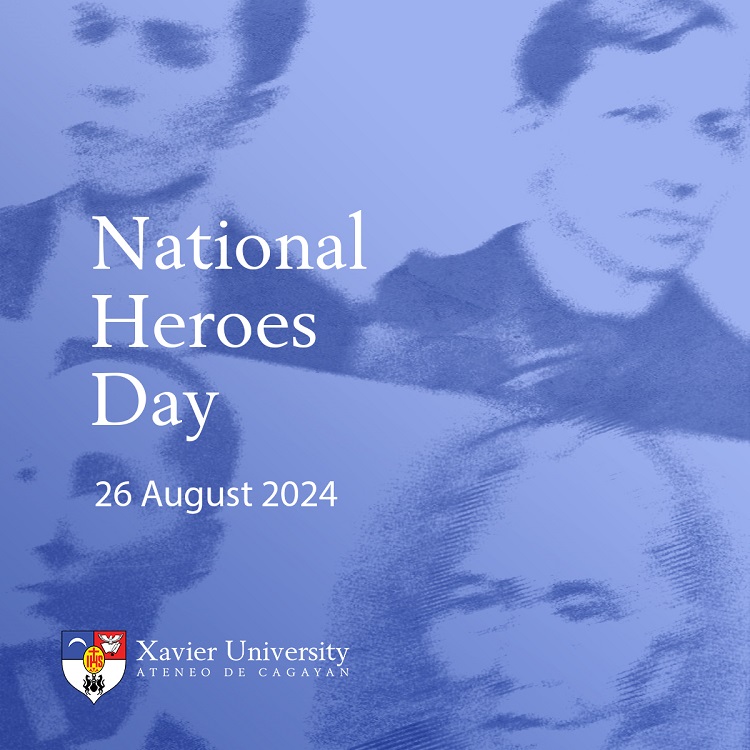
Xavier Ateneo Bulletin

As we embark on this new journey , we will draw in the light needed to illuminate our path in teaching young minds. By creating new opportunities, we aim to inspire big dreams and initiate a transformation that will guide younger individuals toward a successful and adventurous future.
, we will draw in the light needed to illuminate our path in teaching young minds. By creating new opportunities, we aim to inspire big dreams and initiate a transformation that will guide younger individuals toward a successful and adventurous future.

Registration link: https://bit.ly/3WEkosR
Come and join us as we adapt the sunflower’s characteristics to shed a brighter way of instilling knowledge to the younger minds.



- Details
- Hits: 830
 Introducing 𝐑𝐢𝐬𝐨𝐧𝐚𝐧𝐳𝐚!
Introducing 𝐑𝐢𝐬𝐨𝐧𝐚𝐧𝐳𝐚! 
This school year, we’re all about resonance, capturing the harmony we create and the deep connection we share with our audience. Inspired by the Italian word for "resonance," 𝐑𝐢𝐬𝐨𝐧𝐚𝐧𝐳𝐚 reflects who we are: a passionate, dedicated community striving for musical excellence.
 At the heart of 𝐑𝐢𝐬𝐨𝐧𝐚𝐧𝐳𝐚 is the star—a symbol of brilliance, aspiration, and unity. Just like stars that light up the night sky, our music resonates, touching hearts and spreading its magic far and wide.
At the heart of 𝐑𝐢𝐬𝐨𝐧𝐚𝐧𝐳𝐚 is the star—a symbol of brilliance, aspiration, and unity. Just like stars that light up the night sky, our music resonates, touching hearts and spreading its magic far and wide.
Building on this theme, Xavier Philharmonia opens 𝐑𝐢𝐬𝐨𝐧𝐚𝐧𝐳𝐚 𝐀𝐥𝐥𝐞𝐠𝐫𝐚 the first open auditions and recruitment period for the school year! Whether you’re a musician or someone with a love for the arts, now’s your chance to be part of something extraordinary. 
Be the reason we resonate. Join Xavier Philharmonia!
Apply now by scanning the QR code or through this link: https://forms.gle/
For inquiries, reach out to us on FB/IG: Xavier Philharmonia or via email at This email address is being protected from spambots. You need JavaScript enabled to view it.
Concept Art | Izabelle Caiña
Illustration | Phoeb Peralta
Pubmat | Noreen Padua
#XavierPhilharmonia #Risonanza #RisonanzaAllegra

- Details
- Hits: 879
Today, we commemorate the cultural and historical legacy that Xavier Ateneo started 91 years ago. As we journey toward our centennial year, let us continue being living examples of the #XavierAteneo legacy for the years to come.

- Details
- Hits: 1096

- Details
- Hits: 1377

- Details
- Hits: 1424